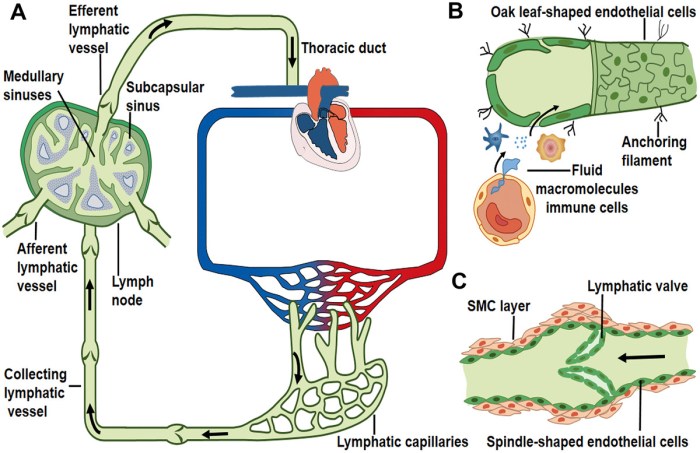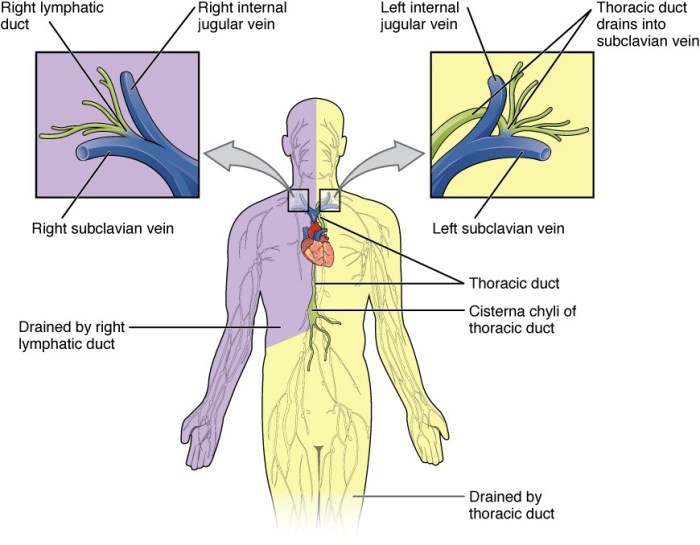Section 37-2 blood and the lymphatic system – Section 37-2 of the medical curriculum delves into the intricate world of blood and the lymphatic system, exploring their vital roles in maintaining homeostasis, transporting nutrients, and defending against infection. This comprehensive overview provides a foundational understanding of these essential physiological systems, their interconnections, and the implications for human health.
Blood, the life-giving fluid that courses through our bodies, is composed of various components, including red blood cells, white blood cells, platelets, and plasma. Each component plays a distinct role in oxygen transport, immune defense, blood clotting, and maintaining fluid balance.
1. Blood Composition and Functions: Section 37-2 Blood And The Lymphatic System

Blood is a vital fluid that circulates throughout the body, carrying oxygen, nutrients, and hormones to cells while removing waste products.
Components of Blood
- Plasma:Liquid component that makes up about 55% of blood volume, containing water, electrolytes, proteins, and hormones.
- Red blood cells (erythrocytes):Contain hemoglobin, a protein that binds to oxygen, carrying it to tissues.
- White blood cells (leukocytes):Defend the body against infection and disease.
- Platelets (thrombocytes):Involved in blood clotting.
Blood Clotting
When blood vessels are damaged, platelets aggregate and release factors that trigger a series of reactions, forming a blood clot to stop bleeding.
Types of Blood Cells
| Type | Function | Lifespan |
|---|---|---|
| Red blood cells | Carry oxygen | 120 days |
| White blood cells | Fight infection | Varies |
| Neutrophils | Phagocytose bacteria | 12 hours |
| Lymphocytes | Produce antibodies | Years |
| Platelets | Form blood clots | 10 days |
FAQ
What is the difference between arteries and veins?
Arteries carry oxygenated blood away from the heart, while veins carry deoxygenated blood back to the heart.
What is the function of lymph nodes?
Lymph nodes filter and trap pathogens, contributing to immune defense.
What causes anemia?
Anemia can be caused by iron deficiency, vitamin B12 deficiency, or other factors that impair red blood cell production.

